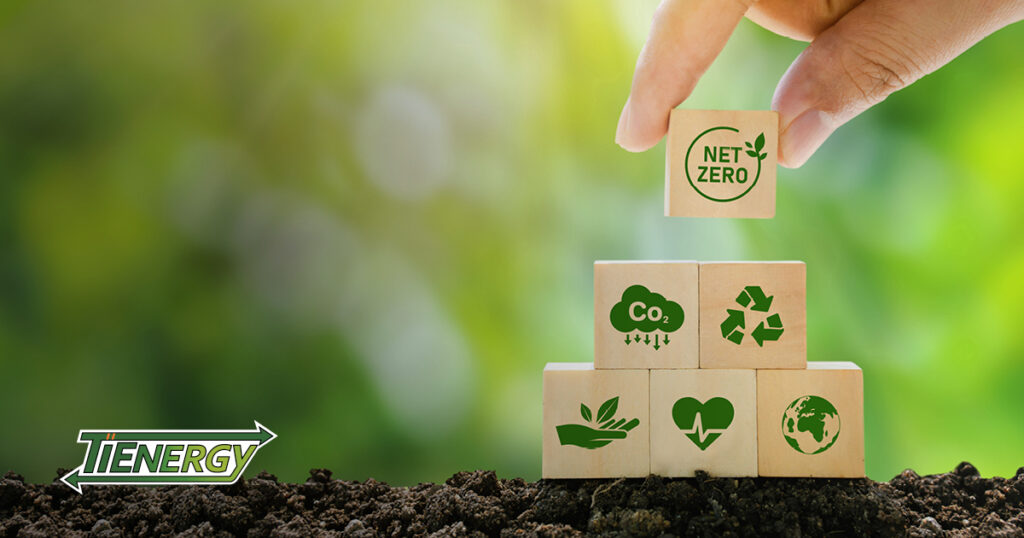Over 20 million railroad ties are taken out of commission each year, and the responsibility for disposing of them falls on the railroads. The core business of railroads is of course transport, and the question of what to do with old ties can pull railroad leaders’ focus from the primary business at hand. This is one of many reasons why an efficient, sustainable, and reliable solution for disposing of and recycling old rail ties is an important area of support for the rail industry.
As a family-owned company that specializes in sustainable and innovative methods to recycle retired ties and post-consumer wood waste, TiEnergy has been getting questions on The Good Neighbor Plan, and how it may affect the rail industry as a whole. Here is our take on the plan, how it affects railroads, and why there is good news.
What is the Good Neighbor Plan?
In brief, the Good Neighbor Plan seeks to reduce air pollutants that can affect people living in working in communities downwind of major power plants and industrial facilities. The EPA states:
“On March 15, 2023, the U.S. Environmental Protection Agency (EPA) issued its final Good Neighbor Plan, which secures significant reductions in ozone-forming emissions of nitrogen oxides (NOX) from power plants and industrial facilities. The Good Neighbor Plan ensures that 23 states meet the Clean Air Act’s “Good Neighbor” requirements by reducing pollution that significantly contributes to problems attaining and maintaining EPA’s health-based air quality standard for ground-level ozone (or “smog”), known as the 2015 Ozone National Ambient Air Quality Standards (NAAQS), in downwind states.”
What it means: Recycling railroad ties via power plants has been an option in the past. Now that the plants are being tasked with operational changes to reduce emissions, they may begin to restrict the railroad tie recycling stream. Railroads, in turn, face new pressures to dispose of old railroad ties more sustainably to support and comply with the EPA – Good Neighbor Plan.
Why there’s good news: While TiEnergy historically partnered with power plants to process ties, we saw the writing on the wall when it came to its longevity as a viable solution given the ongoing regulatory changes. Acting as thought leaders, TiEnergy sought to revitalize its methods of recycling expired ties. For twenty years, TiEnergy has supported railroads by taking the burden of railroad tie disposal off its leaders’ hands. Through patented technology that removes tie plates and grinds whole ties, we can process up to one million ties per year, on or off-site. Additionally, we invented a product called TIEROC, a marketable solution for landfills that saves approximately 3.06 lbs of CO2 per tie.
What railroads can do: Railroads can continue to shift away from power plant recycling and seek cleaner methods for tie disposal. While this shift complies with The Good Neighbor Plan, it also helps railroads meet its organizational sustainability goals. Regulations sometimes flip-flop based on the current administration, but customer and public focus on sustainability is here to stay. Railroads that communicate the steps they are taking to operate sustainably, reduce carbon, and prevent pollutants will strengthen their brands and businesses.
To learn more about TiEnergy, contact us.
